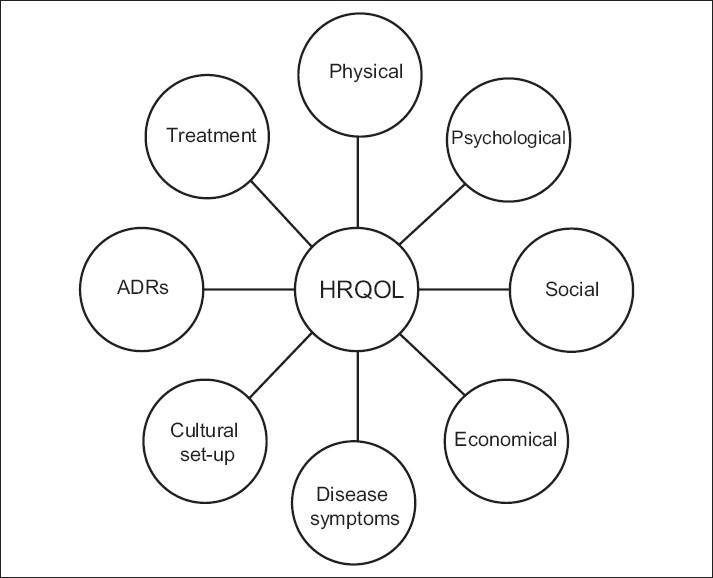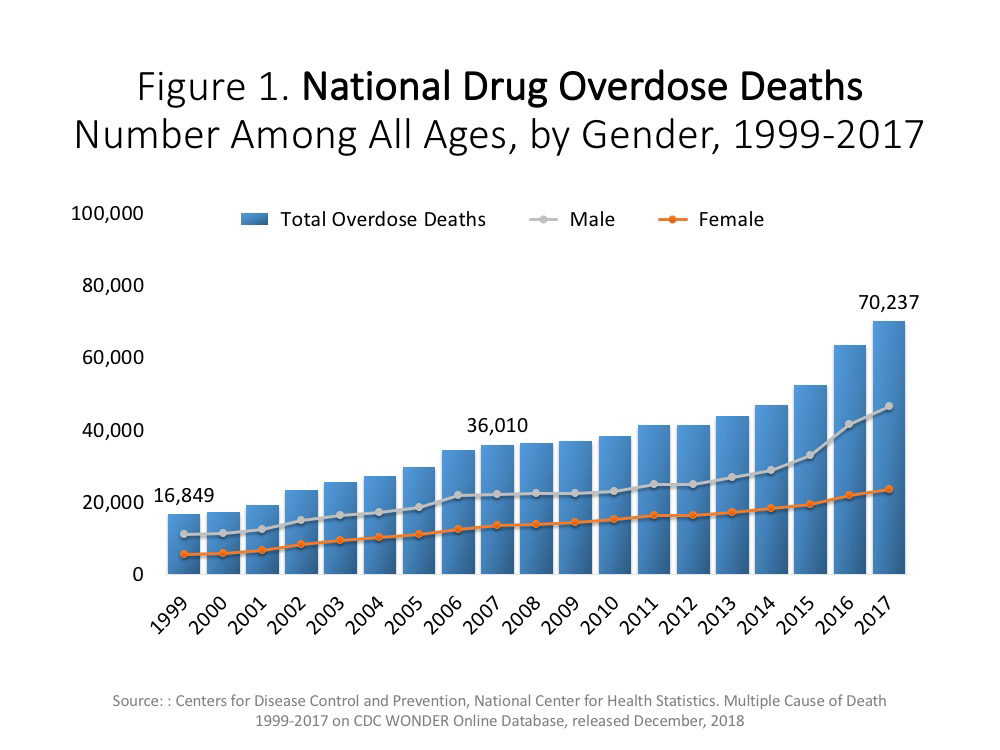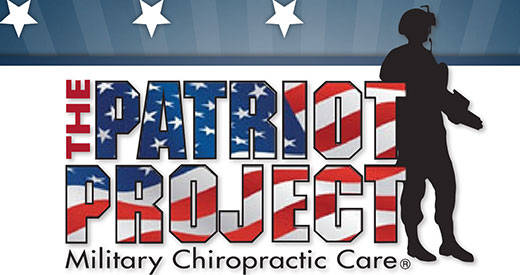Patient-reported Improvements of Pain, Disability, and Health-related Quality of Life Following Chiropractic Care for Back Pain – A National Observational Study in Sweden
SOURCE: J Bodyw Mov Ther. 2019 (Apr); 23 (2): 241–246
Gedin F, MSc; Dansk V, MSc; Egmar A-C, PhD; Sundberg T, PhD; Burström K, PhD
Health Economics and Economic Evaluation Research Group,
Medical Management Centre,
Karolinska Institutet,
Stockholm, Sweden
BACKGROUND: Chiropractic care is a common but not often investigated treatment option for back pain in Sweden. The aim of this study was to explore patient-reported outcomes (PRO) for patients with back pain seeking chiropractic care in Sweden.
METHODS: Prospective observational study. Patients 18 years and older, with non-specific back pain of any duration, seeking care at 23 chiropractic clinics throughout Sweden were invited to answer PRO questionnaires at baseline with the main follow-up after four weeks targeting the following outcomes: Numerical Rating Scale for back pain intensity (NRS), Oswestry Disability Index for back pain disability (ODI), health-related quality of life (EQ-5D index) and a visual analogue scale for self-rated health (EQ VAS).
There are more articles like this @ our:
RESULTS: 246 back pain patients answered baseline questionnaires and 138 (56%) completed follow-up after four weeks. Statistically significant improvements over the four weeks were reported for all PRO by acute back pain patients (n = 81), mean change scores: NRS -2.98 (p < 0.001), ODI -13.58 (p < 0.001), EQ VAS 9.63 (p < 0.001), EQ-5D index 0.22 (p < 0.001); and for three out of four PRO for patients with chronic back pain (n = 57), mean change scores: NRS -0.90 (p = 0.002), ODI -2.88 (p = 0.010), EQ VAS 3.77 (p = 0.164), EQ-5D index 0.04 (p = 0.022).
CONCLUSIONS: Patients with acute and chronic back pain reported statistically significant improvements in patient-reported outcomes (PRO) four weeks after initiated chiropractic care. Albeit the observational study design limits causal inference, the relatively rapid improvements of PRO scores warrant further clinical investigations.
From the FULL TEXT Article:
Background
Back pain is a common disorder that affects both physical health and mental wellbeing (Statens beredning för medicinsk utvärdering, 2000). In addition to the individual suffering back pain also has significant impact on societal costs (Lidwall, 2011; Statens beredning för medicinsk utvärdering, 2000). Back pain is a complex condition that may be caused by a variety of biological, psychological and social factors (Statens beredning för medicinsk utvärdering, 2010; van Tulder et al, 2006). It has been estimated that the vast majority of back pain cases is of non-specific origin (Airaksinen et al, 2006; van Tulder et al, 2006), which can make it especially difficult to manage efficiently. Chiropractic treatment such as spinal manipulation is recommended in clinical guidelines of back pain management (Globe et al, 2016; Lidwall, 2011; van Tulder et al, 2006), especially so in the care of nonspecific back pain. Recent research also reports emerging evidence that chiropractic care is a safe treatment for low back pain with clinically effects similar to physical therapy, and likely similar to exercise and medical care, albeit the cost-effectiveness of chiropractic care for low back pain is still uncertain (Blanchette et al, 2016), as is the impact on wellbeing outcomes that are often associated with chiropractic care (Parkinson et al, 2013). Notably, patient-reported outcomes (PRO), i.e. outcomes that details different aspects of patients’ health status that by means of patient report, e.g. health-related quality of life (HRQoL), has been suggested as an important area of research to increase the understanding and improvement of clinical care (Deshpande et al, 2011).
Chiropractors in Sweden become qualified to practice after five years of training at the Scandinavian College of Chiropractic in Sweden or at an equivalent educational institution abroad. All Swedish chiropractors need to be registered by the National Board of Health and Welfare. In Sweden, chiropractic is a registered health care profession alongside physiotherapy, medicine and other health professions, and chiropractors have to follow the health care regulations set by the Swedish health care authorities. Any misconduct in chiropractic practice has to be reported to the Health and Social Care Inspectorate. The majority of Swedish chiropractors work in private practice outside of conventional medical settings such as general practitioners offices or hospitals. Nonetheless, Swedish county councils recommend chiropractic care alongside other manual therapy interventions and physiotherapy for patients with back pain and other musculoskeletal disorders (Vårdguiden, 2017). However, despite the increased acceptance of chiropractic care in Sweden there is a scarcity of studies investigating chiropractic practice in Sweden. The aim of the present study was to explore PRO targeting back pain, back disability and health related quality of life (HRQoL) for patients with low back pain seeking chiropractic care in Sweden.
Read the rest of this Full Text article now!






Leave A Comment